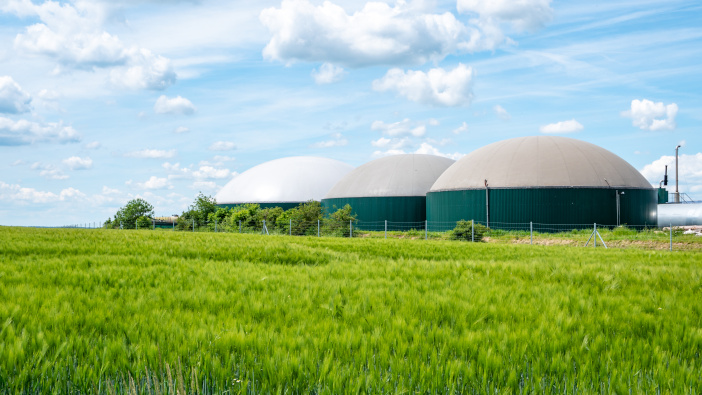New research has found methane emissions from slurry stores on dairy farms may be up to five times greater than official statistics suggest. New findings show the potential for turning them into a renewable energy source.
The study shows that if captured and turned into biogas, emitted methane could be worth more than £400m a year to the dairy sector in saved fuel costs. For an average-sized dairy farm, it could save around £52,500.
This research is based on measurements from two dairy farms in Cornwall alongside a growing body of international field research.
Actual emissions from the farms were 145kgs per cow per year and 198kgs per cow per year respectively – almost five times higher than the existing official figure of 38kgs per cow reported in the UK’s National Inventory.
The research, conducted by the University of East Anglia (UEA) and the International Fugitive Emissions Abatement Association (IFEAA), is published today in the journal Environmental Research: Food Systems and an IFEAA Net Zero Methane Hub white paper.
The government has given recommendations based on these findings, including research and development priorities, increasing grants for slurry covers, and extending financial support to associated gas processing equipment.
Professor Neil Ward, of the Tyndall Centre for Climate Change Research at UEA said: “The standard international methodology looks to be underestimating methane emissions from slurry storage.
“Fortunately, we have the technology to turn this problem into a business opportunity for farmers who can reduce energy bills and become energy independent if they capture and make use of methane as a fuel.
“This research represents an urgent call for action and further work to better understand methane emissions from manure management.”


